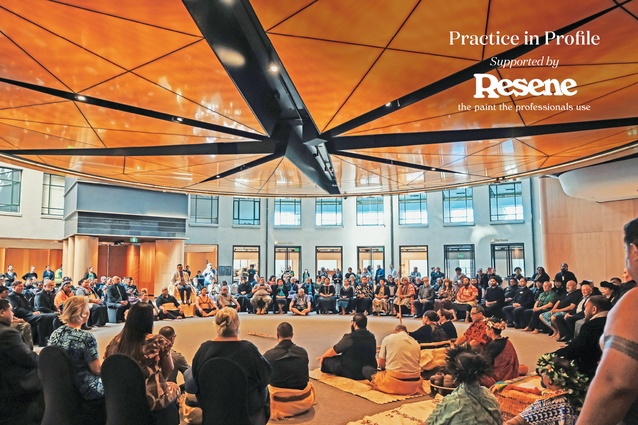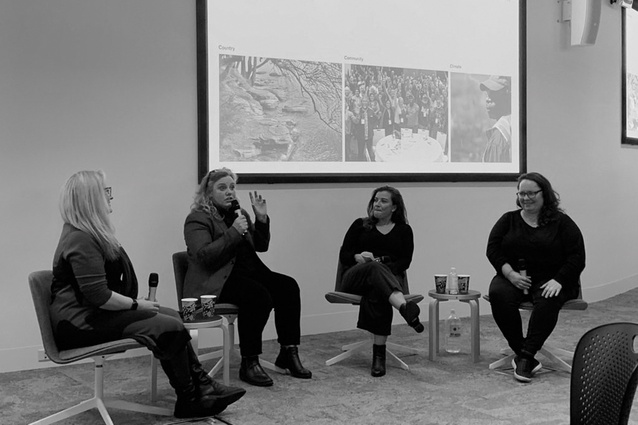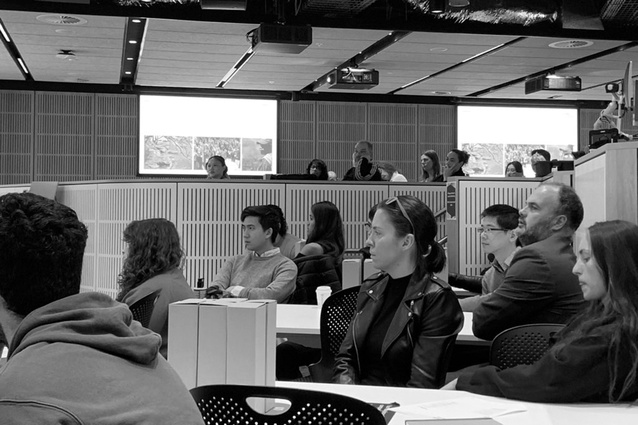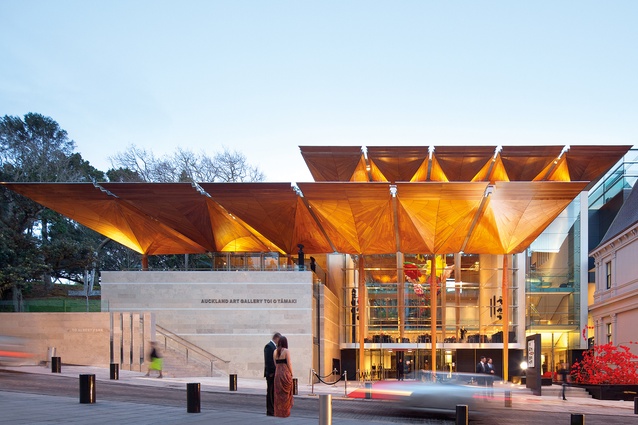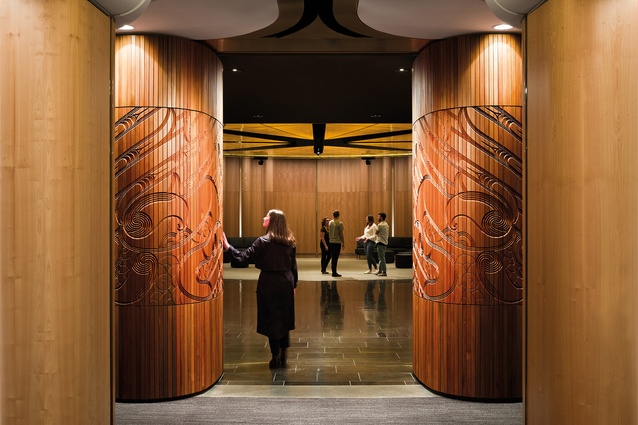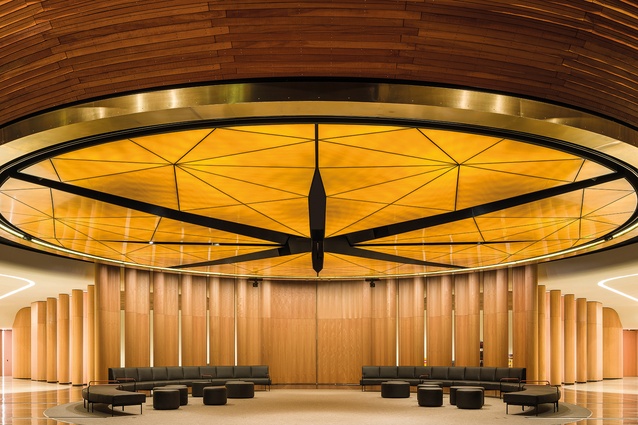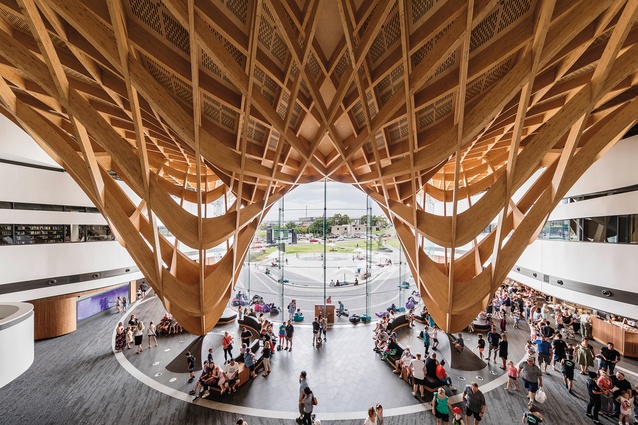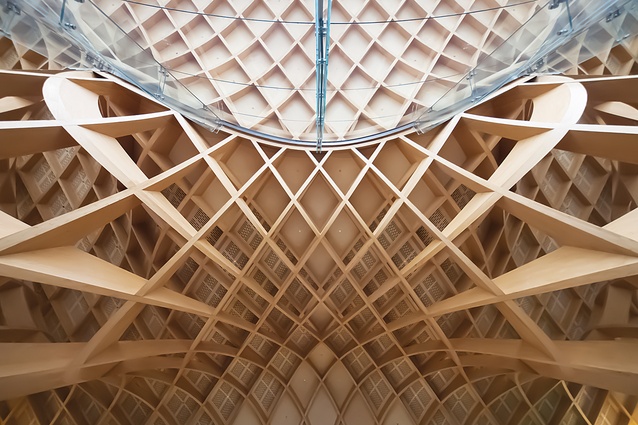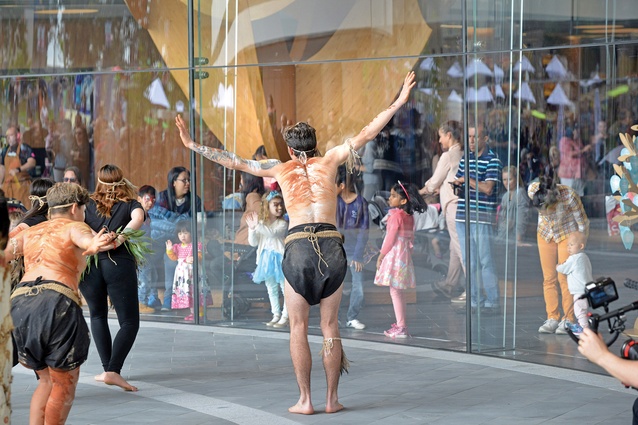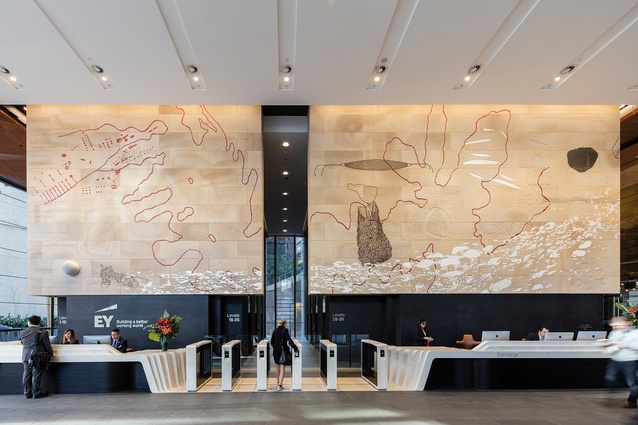Design for decolonisation
Richard Francis-Jones, design director of fjcstudio (formerly fjmtstudio), reflects on the ways in which a new architecture can begin to undo colonial architecture’s symbols and institutional instruments of oppression.
Country, climate and community underpin the design aspirations of our studio. In June last year, we hosted a studio conference at the University of Technology Sydney to extend our knowledge of and reinforce our commitment to these values but, also, to reunite our studio camaraderie after the isolation enforced by the Covid 19 virus.
A panel discussion with significant academic and professional speakers was devoted to each of these three themes. We also closed the studio for an additional day so that each of our current projects could be critically reviewed in relation to these fundamental measures of our design. The conference and project reviews were occasions to listen and learn, to ask questions of ourselves and to deepen our commitment to addressing these great challenges, in our design work and our professional conduct. These were the questions we asked ourselves:
Country
How can we support a process of acknowledgement of loss and reconciliation with the First Nations, Māori and Pasifika cultures of the land on which we work? How can we atone for the cultural damage to the deep interconnection of human and natural life that preceded colonisation?
Climate
How can we help minimise and address the damaging human impacts on climate, biodiversity and species extinction, through our work? How can we make an architecture empathetic towards and symbiotic with the natural environment to which it must belong?
Community
How can we support and enable community inclusion, tolerance and equality in our work? How can we help to build communities that are more tolerant, inclusive and supportive of greater equality and creativity?
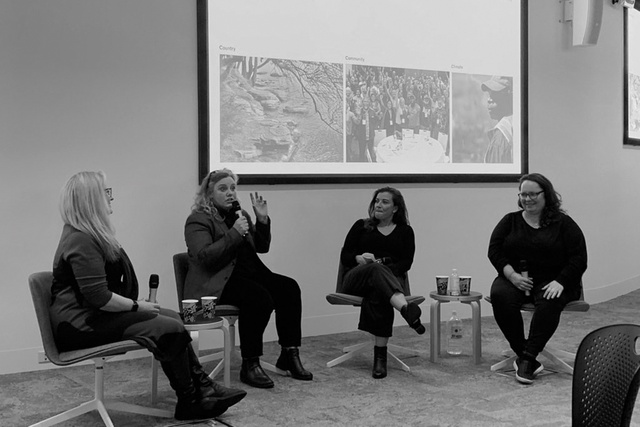
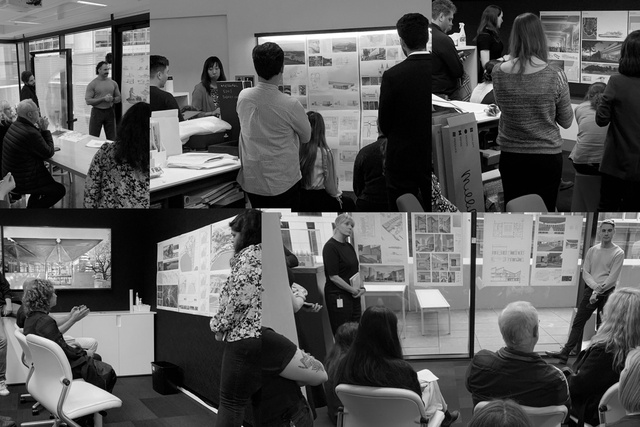
But perhaps these three central challenges and aspirations of the work of our studio can be compressed into a single overarching objective: The project of design for decolonisation.
Colonisation is a conflict of opposing cultural relationships with the life of our world: a conflict between colonial cultures of ownership, use and exploitation, with First Nations, Māori and Pasifika cultures of custodianship, meaning and symbiosis. Decolonisation, then, must seek repair of and reconciliation with both our damaged community and the damaged natural world.
Architecture is a cultural and social instrument. It provides not only the quantitative, functional and spatial support but also the ideological representation of any social, political or cultural project of change and transformation, be it oppression or emancipation, status quo or reconciliation. Architecture will generally serve the dominant and the powerful: institutional, corporate or individual.
Within Euclidean, rationalised grids laid over the landscape, endless classical architectural frames of proportional perfection were constructed; we now hold these in heritage reverence. But they are not neutral constructions; they are instruments of power, authority and control, both representations and facilitators of colonial power. To First Nations, Māori and Pasifika cultures, surely these classical colonial buildings were and remain institutional instruments and symbols of oppression.
Architecture is not innocent and must bear responsibility and consequence. Inevitably, this means architecture must change, be changed, adapt and adjust lies to truths.
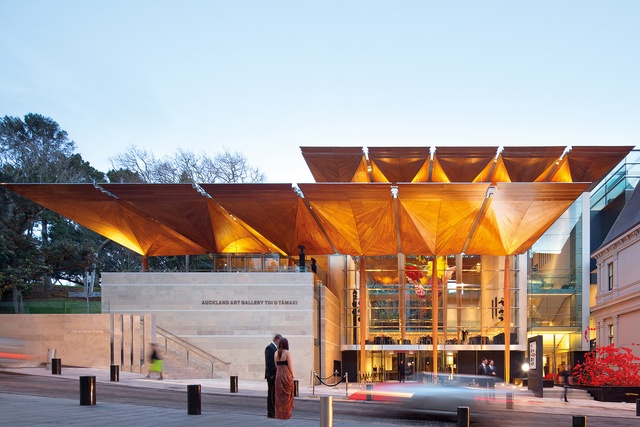
Project Credits: Auckland Art Gallery Toi o Tāmaki
fjmtstudio and Archimedia.
Intergrated cultural artworks: Kia Ita, Tupu Te Maramatanga, Te Taumata and Nau Ka Toro, Ka Toro Gallery. Thresholds by Lonnie Hutchinson. Te Waka Toi o Tāmaki Stone Waka Huia by Fred Graham. He Aha Te Wa – Moments in Time Three Canopy Columns by Arnold Manaaki Wilson and Anthony Wilson.
Auckland Art Gallery Toi o Tāmaki and Auckland War Memorial Museum Tāmaki Paenga Hira Te Ao Mārama are both projects that attempt such cultural acknowledgement, adjustment and inclusion. In each case, existing classical, colonial heritage buildings of great significance needed to be extended, enhanced and adjusted. The architecture of these great cultural institutions needed to open, and to accept and represent the Māori and Pasifika cultures that colonialism has suppressed and objectified. This is a process that, more than anything, required time, ceremony, acknowledgment and respectful consultation, as well as the authentic voices and hands of Māori and Pasifika collaborators. It is a process foreign to our Western rationalism with its emphasis on speed and efficiency; it is slow, deep and personal. Heartfelt conversations, tears and laughter over many years were the foundations for both of these projects.
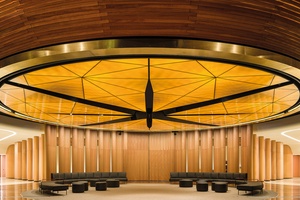
While working on the Art Gallery, I would lament the almost complete lack of Aboriginal and Torres Strait Island presence in the processes of realising architecture in Australia, the absence of consultation, ceremony and participation in design, and the absence of a treaty. The contrast with my experience of working in Auckland was stark and shameful.
In the work of our studio over this period, in an environment beguiled by international architects and absent of any First Nations government processes or guidelines, we pursued a form of acknowledgement and reconciliation.
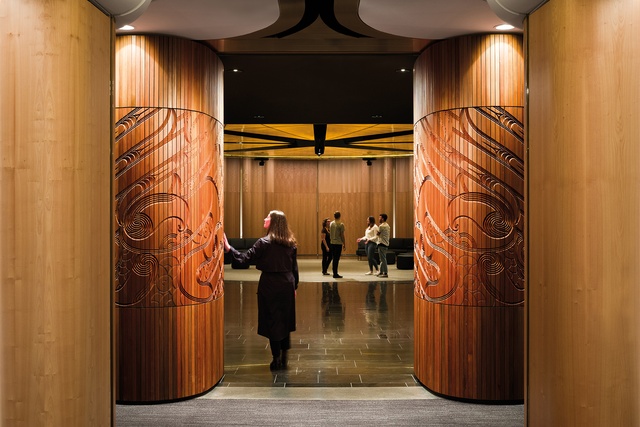
Project Credits: Tāmaki Paenga Hira Auckland War Memorial Museum Te Ao Mārama
Jasmax, fjmtstudio and designTribe.
Integrated cultural artworks: Te Tatau Kaitiaki Digital Carving by Graham Tipene (Ngāti Whātua, Ngāti Hine, Ngāti Manu, Ngāti Kahu, Ngāti Haua). Wāhi Whakanoa Sculptures Hine-pū-te-hue and Rongomātāne by Chris Bailey (Ngāti Paoa, Ngāti Hako, Ngāti Porou, Te Aupouri). Manulua Sculptures by Sopolemalama Filipe Tohi.
Designed in 2012, the tower of wood that is 200 George Street at Warrane, Sydney Cove, is hewn from the sandstone quarried directly from its site; it sought an abstract reinterpretation
of the pre-European landscape, of the natural topography and of the eucalyptus trees at the end of Tank Stream. Within this abstraction of the landscape is an integrated artwork collaboration with First Nations artist Judy Watson, which deepens the connection to the life of this site and displays to George Street contrasting values to those of the great modernism of the adjacent artworks of Frank Stella and Alexander Calder within Harry Seidler’s distilled rationalism.
In the City of Casey in Victoria, we drew on the Kulin People’s Creation Spirit and Protector story of Bunjil the Eagle to inspire our 2014 design for a place of community, creativity and celebration. A series of complex and diverse cultural facilities, as well as community services, are gathered under one unifying, wing-like roof. Under these protective abstracted wings are public theatres, a gallery, a library, and exhibition and meeting spaces. Perhaps the most important space is the least programmed and determined: the public foyer and courtyard, where the organic timber grid shell creates a non-hierarchical space of inclusion and spontaneity. It has become a welcoming place for a growing and diverse community grounded in a First Nations narrative.
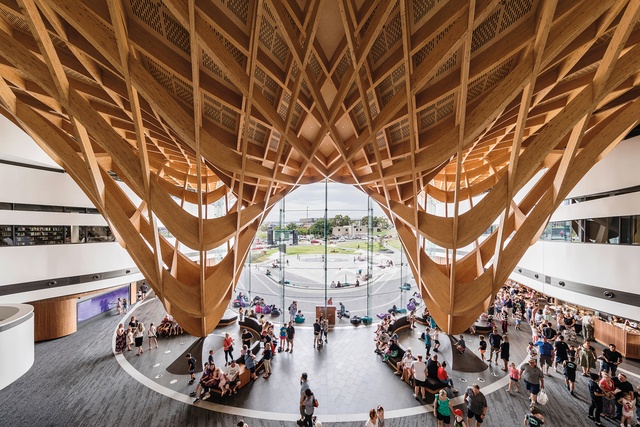
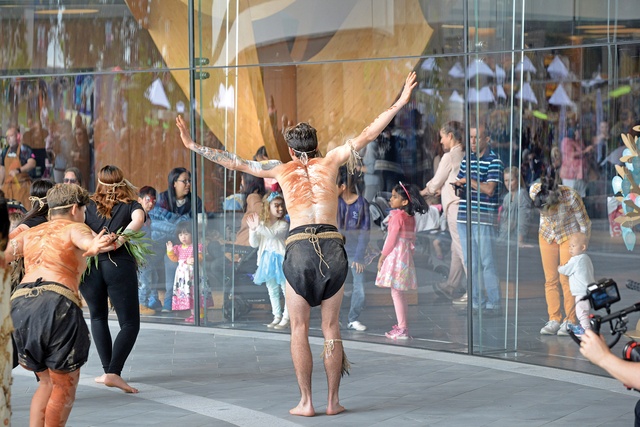
Project Credits: Bunjil Place
fjmtstudio, Kulin Nation, Koorie Heritage Trust, Bunjilaka Aboriginal Cultural Centre and Aunty Arweet Carolyn Briggs.
Planning inspired by the painting commissioned by the City of Casey, The Meeting of Many Paths by Cathy Adams.
While the rights of First Nations, Māori and Pasifika people around the world are progressively being recognised, in Australia, this process continues to be slow and fraught. It took until 1992 for the Mabo decision by the High Court to overturn terra nullius and rule the existence of native title. There has been both progress and setback since, but constitutional reform and treaty are surely now essential. Promisingly, expectations of public and private architectural project sponsors for greater acknowledgement of Country continue to grow; also, in 2020, the NSW Government Architect’s ‘Connecting with Country’ draft framework was released. However, the risk we face is that the slow, sensitive, respectful, representative engagement and ceremony essential to any design for decolonisation will be pushed and squeezed into the very processes that have caused this alienation: that we will merely tick a series of boxes and change little of substance.
Recently, I had the opportunity to return to Auckland after a pandemic-enforced absence and revisit Toi o Tāmaki 10 years after its completion, as well as experience for the first time the completed Te Ao Mārama. It was deeply moving to sense the way in which Te Ao Mārama (the Realm of Light) has transformed the museum; the space under the golden glow of the Tanoa now holds such significance and invitation, and is appropriately interconnected with the He Taonga Māori (Māori Court).
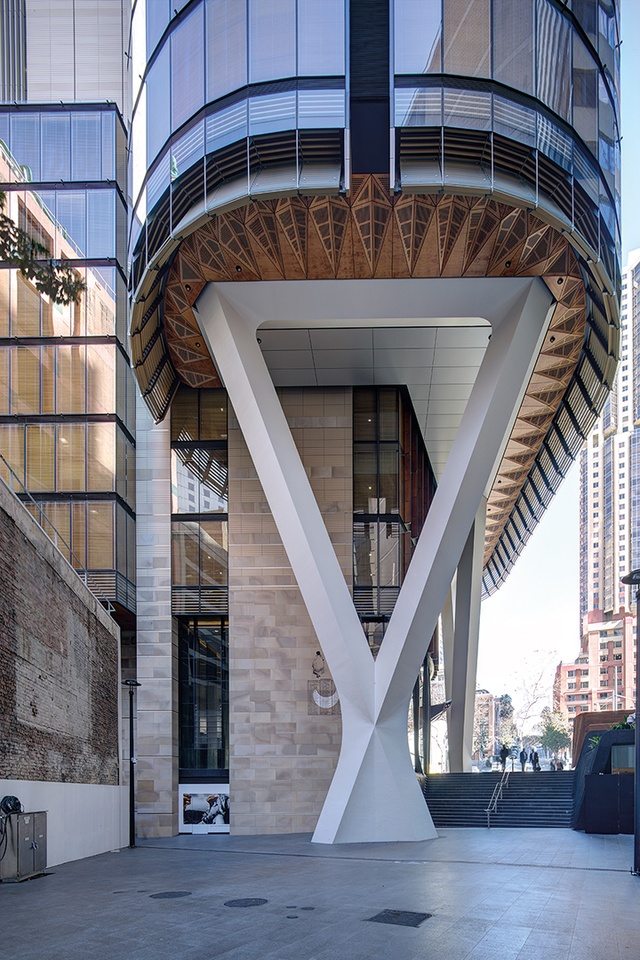
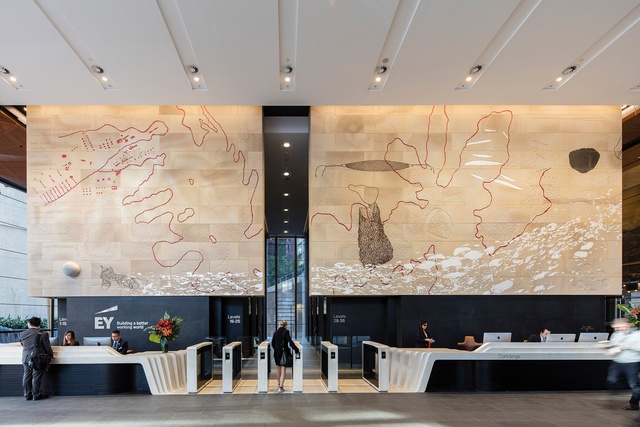
Project Credits: 200 George Street
Integrated cultural artworks Ngarunga Nangama: Calm Water Dream Foyer Artwork by Judy Watson, developed in consultation with Gadigal Elder Uncle Allen Madden.
I also participated in a public panel discussion at Tāmaki Paenga Hira, referencing Dr Albert Refiti’s recent provocation: He Taonga Māori: The ‘space for decolonisation to begin?’ It was chaired by Professor Deidre Brown and included Albert Refiti, Rau Hoskins, Precious Clark and Neil Martin.
The event commenced with each of the panellists giving a pepeha. In a sense, the pepeha answers the question ‘where are you from, where do you belong?’ and this is challenging for Pākehā (people of European ancestry) because the honest answer is ‘not from here’. Notwithstanding all the force and power of colonisation, it has not truly connected us to these lands; we remain misplaced and dislocated.
It is not possible to understand the process of colonisation without acknowledging the profound dislocating and alienating processes of modernity. The colonisers, empowered through the ideology and technology of modernity, are also crippled by its limits. The natural landscape and animal life of the lands they occupied are viewed only in instrumental terms. The life of these lands was only to be used. This was a great tragedy for everyone, most of all for the First Nations, Māori and Pasifika victims of an overwhelming force and a technology that had such unfathomable blindness to natural life. The colonisers, also, were already alienated through modernity before leaving their shores and were unable to see, truly, the lands they occupied; they must, therefore, remain forever lost and misplaced. The contrast between the pepeha of the Māori and that of the Pākehā poetically reveals the depth of this tragic mutual loss.
Decolonisation does not begin with the action of the First Nations, Māori and Pasifika people but with the descendants of the colonisers and, most of all, the institutions of power. Decolonisation is the platform upon which a true ‘indigenisation’ can commence.
Decolonisation is an essential act of atonement, and it is also an act essential to any recovery from the dislocation and homelessness endemic to the processes of modernity.
A design director of Francis-Jones Carpenter (fjcstudio) in Sydney, Richard Francis-Jones is a Life Fellow of the Australian Institute of Architects, an Honorary Fellow of the American Institute of Architects and a Member of the Royal Institute of British Architects.

